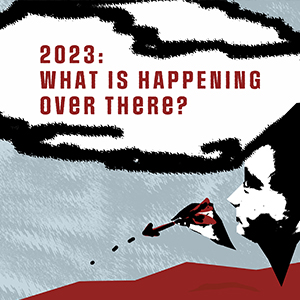In every era of change, art has been a voice for the voiceless, a mirror to society, and a spark for revolution. Today, in a world grappling with inequality, climate change, systemic racism, and human rights struggles, modern artists are wielding their creativity not just to provoke thought, but to inspire action. This is where art and social justice intersect, transforming visual culture into a powerful tool for activism.
The Evolution of Art as Activism
Art has long been part of social movements—think of Picasso’s Guernica, Goya’s The Third of May 1808, or the protest posters of the civil rights era. But today’s landscape is different. With digital platforms and global reach, artists now have the tools to amplify their messages like never before. Street art, performance, digital illustration, and even memes have become the modern-day protest signs.
What unites these media is their accessibility and immediacy. Visual art cuts through the noise, bypasses language barriers, and speaks directly to emotion. It captures attention—and holds it—long enough to plant the seeds of awareness and empathy.
Art as a Catalyst for Change
Modern artists are using their platforms to call attention to injustice and challenge oppressive systems. Here’s how they’re doing it:
- Street Art and Murals: From Banksy’s provocative stencils to large-scale murals honoring victims of police brutality, street art transforms public spaces into powerful statements. These works often emerge in the heart of protests, making them both cultural landmarks and acts of resistance.
- Digital Art and Social Media: Platforms like Instagram and TikTok have become virtual galleries for activist art. Artists like Nikkolas Smith and Laolu Senbanjo share powerful illustrations that go viral, raising awareness about Black Lives Matter, refugee crises, and environmental destruction.
- Installation and Performance Art: Artists like Ai Weiwei use massive installations to comment on government surveillance and refugee rights. Others engage in performance art that confronts viewers with raw, uncomfortable truths, challenging apathy and complacency.
- Comics and Graphic Novels: Visual storytelling formats like graphic novels have become influential in addressing complex issues. Works like Persepolis by Marjane Satrapi or March by John Lewis blend personal narrative with political history, making activism accessible and deeply personal.
Art That Tells the Untold Stories
What makes activist art so effective is its ability to tell stories that are often silenced or ignored. It gives a face to statistics, a voice to those pushed to the margins. Whether it’s Indigenous artists preserving culture through contemporary work, or queer creators expressing identity and resistance, art becomes a record of lived experiences that mainstream narratives may overlook.
In this way, art not only responds to injustice, it preserves the truth for future generations.
Challenges and Critiques
Of course, art and activism don’t come without controversy. Political art can be censored, vandalized, or co-opted by corporate interests. Some critics argue that turning activism into “aesthetic” risks diluting its message. Others fear performative allyship—where art is created for attention, not impact.
But despite these concerns, many artists remain undeterred. Their work continues to provoke conversations, build solidarity, and push boundaries.
Creating a More Just Future—One Brushstroke at a Time
Art has the unique power to make us feel, reflect, and imagine. In the fight for justice, imagination is essential. We need to envision a better world before we can build it, and modern artists are doing just that. They’re painting the possibilities, sculpting resistance, and showing us what justice can look like.
From grassroots zines to museum exhibitions, from chalk drawings on sidewalks to augmented reality protests, visual culture is helping to shape a more aware, connected, and activated society.
So the next time you pass a mural or scroll past a bold illustration online, take a moment. Look closer. You may be witnessing a revolution—one frame at a time.

Leave a Reply